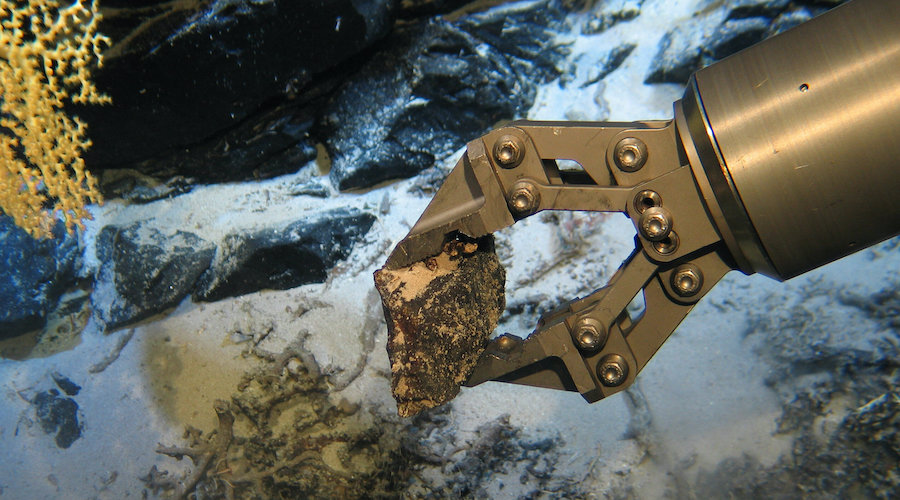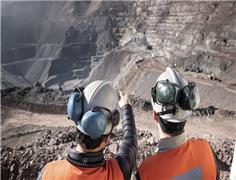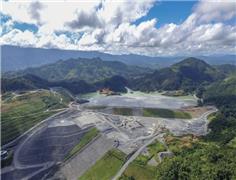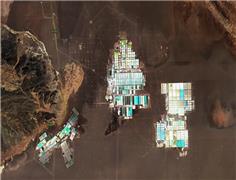- Write by:
-
Monday, January 8, 2024 - 21:39:04
-
73 Visit
-
Print

Mining News Pro - Even though it has been estimated that anthropogenic activities have increased the global mercury reservoir in the ocean by 21%, the total amount of the toxic heavy metal, which includes what is produced by natural sources, has not been calculated until now.
In a paper published in the journal Nature Geoscience, an international team of scientists produced the first global estimate of mercury emissions from hydrothermal sources at mid-ocean ridges, volcanically active areas in the world’s oceans, based on measurements.
“Hydrothermal vents are the most important direct source of natural mercury in the ocean,” Sven Petersen, co-author of the study and a geoscientist at the GEOMAR Helmholtz Center for Ocean Research in Kiel, said in a media statement. “But until now, the data on how much mercury they contribute has varied between 20 and 2,000 tons per year.”
Petersen explained that the data discrepancy is mainly because previous studies have only measured the hot solutions escaping from the sources.
For the current study, however, he and his colleagues analyzed not only the escaping fluids but also clouds of suspended matter known as plumes, seawater and rocks.
The samples were collected during the GEOTRACES and ODP (Ocean Drilling Program, predecessor of the Integrated Ocean Drilling Program, IODP) expeditions. GEOTRACES expeditions focus on the study of trace metals and their distribution in the oceans, while ODP expeditions drill rock samples from the seafloor.
“Our combined observations suggest that most of the mercury accumulated in the hot solutions is diluted in seawater,” Lars-Eric Heimbürger-Boavida, a CNRS scientist and the study’s lead author, said. “Only a small fraction is precipitated locally and remains on the seafloor. Overall, the results show that the global hydrothermal mercury flux from mid-ocean ridges is small compared to anthropogenic mercury emissions.”
Such a flux ranges from 1.5 to 65 tons per year. This suggests that the majority of mercury in the ocean is of anthropogenic origin, with mining and fossil fuel burning among its main sources.
With this result, the researchers hope that the strict implementation of emission reductions under the Minamata Convention will reduce mercury levels in fish and human exposure.
The United Nations Environment Program’s Minamata Convention was signed in 2013 by 128 countries that committed to reducing mercury emissions worldwide.
Short Link:
https://www.miningnews.ir/En/News/627829

Anglo American Plc said it is has received an unsolicited non-binding combination proposal from BHP Group.

China’s Zhaojin Mining Industry said on Wednesday that its A$733 million ($477.8 million) offer to buy Australia’s ...

Toronto-listed miner OceanaGold Corp said on Wednesday it will raise 6.08 billion pesos ($106 million) through an ...

Gold’s record-setting rally this year has puzzled market watchers as bullion has roared higher despite headwinds that ...

The London Metal Exchange is imposing new rules surrounding the movement of metal in its warehousing network, taking aim ...

AbraSilver Resource said on Monday it has received investments from both Kinross Gold and Central Puerto, Argentina’s ...

Gold took a tumble as haven demand waned after geopolitical tensions eased in the Middle East.

A Russian arbitration court ruled on Monday that four units of Swiss commodities trader Glencore will pay more than 11.4 ...

The four largest indigenous communities in Chile’s Atacama salt flat suspended dialogue with state-run copper giant ...
No comments have been posted yet ...